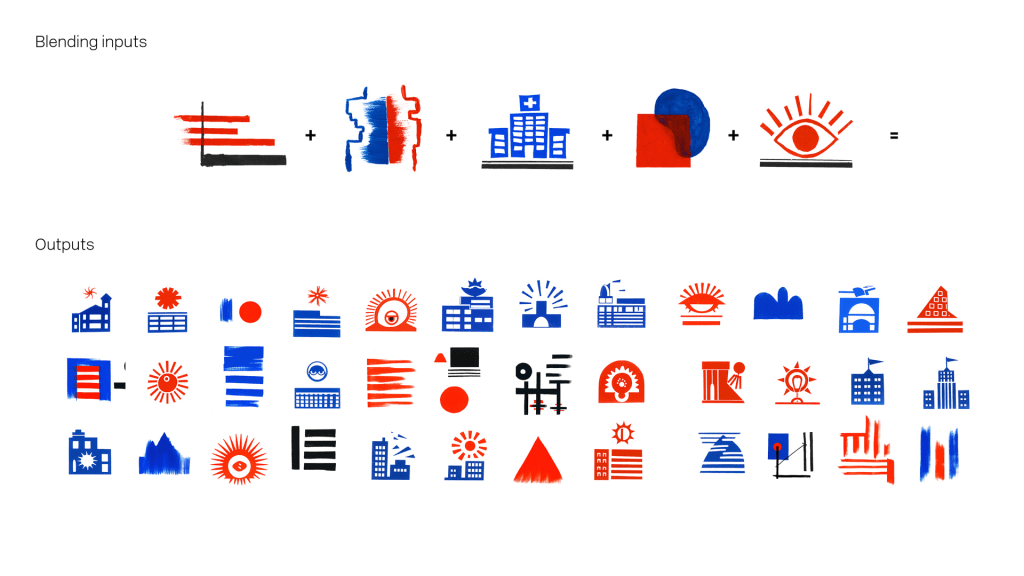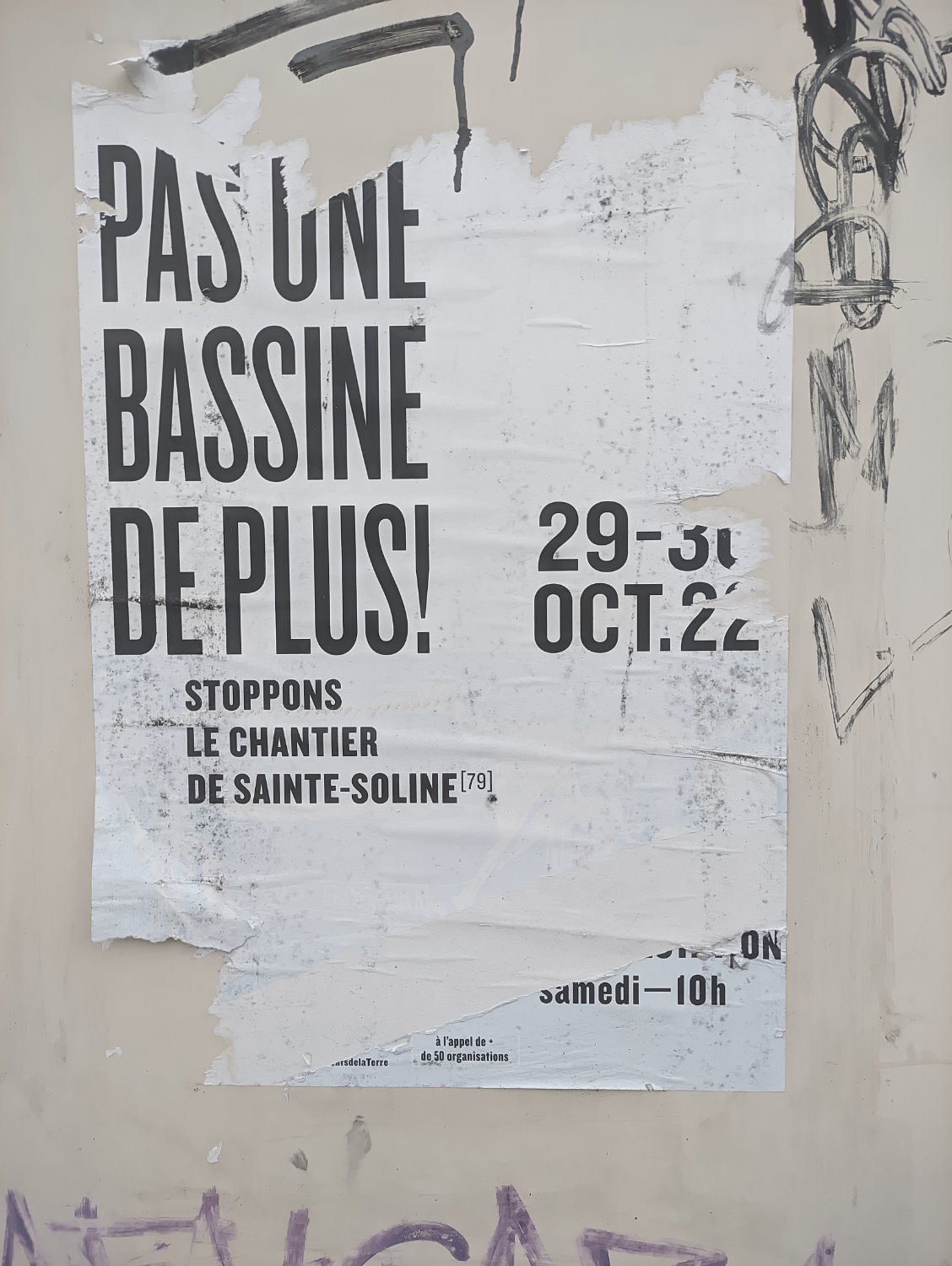Art & Design
🇬🇧 This is a bilingual community on a french instance.
Total subscribers:
🇬🇧 Let's discuss art and design!
Join us and
- 📰 share art news
- 💡 share art tips
- 🖼️ share your own art
- 💬 share your opinions
- 👁️ share your inspirations
This community is about art in all its form, as well as its influence on culture and its application at the service of society: architecture, music, literature, performances, video games, graphic design...
Check the pinned posts for basic rules and a (wip) list of art related communities 🔗
🇫🇷 Discutons d'art et de design !
Vous pouvez ici :
- 📰 Partager l'actualité
- 💡 Partager des astuces
- 🖼️ Partager vos créations
- 💬 Partager vos opinions
- 👁️ Partager ce qui vous inspire
Le sujet de la communauté concerne toutes les formes d'art, ainsi que leur influence sur la culture et leur application au service de la société : architecture, musique, littérature, performances, jeux vidéos, design graphique...
Pour toute question, suggestion, réclamation, etc. N'hésitez pas à utiliser le sujet épinglé.
✅ Les règles de l'instance s'appliquent bien évidemment.







